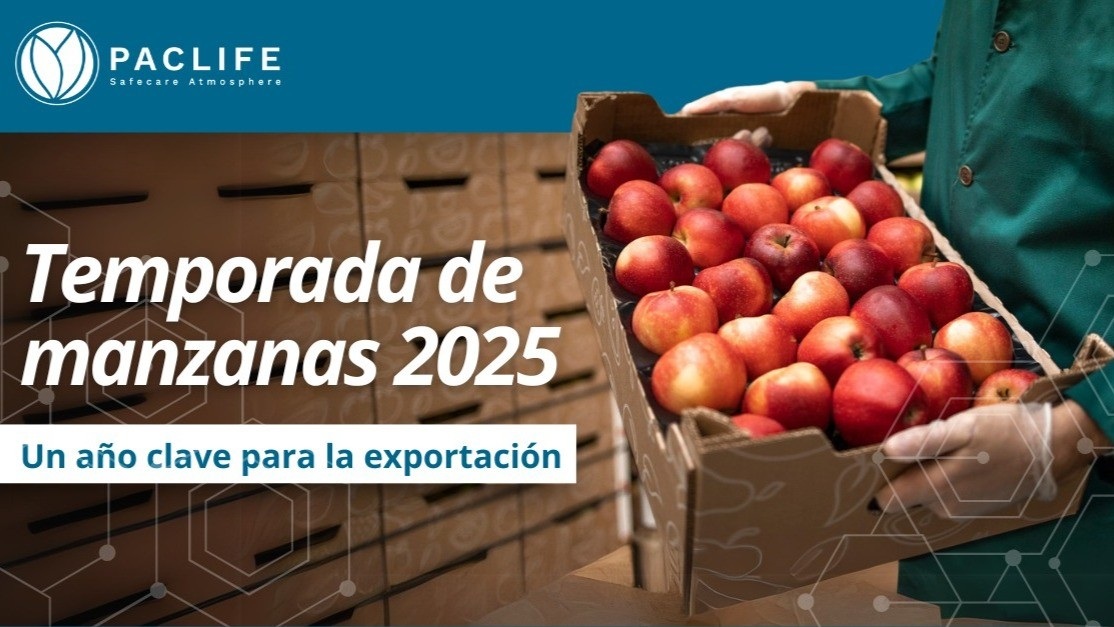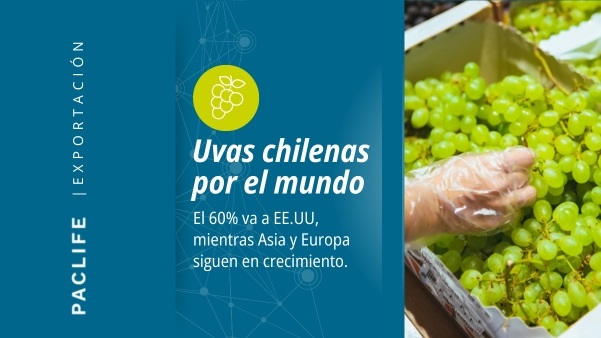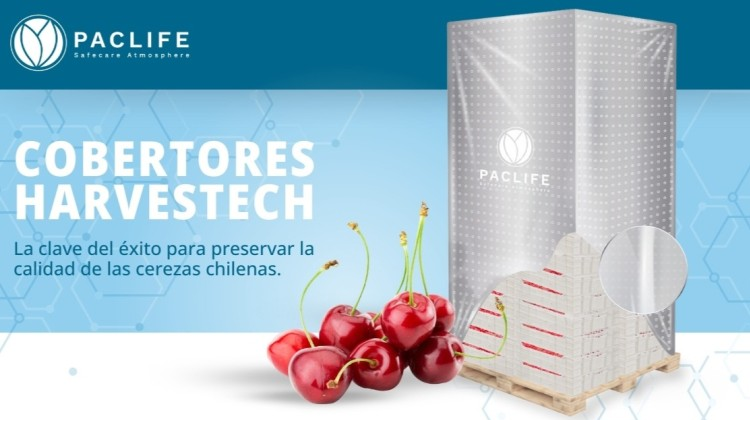Packaging
Modified atmosphere technology for figs
With the commitment to continue developing its postharvest technology and deliver complete and quality care, PACLIFE began this 2021 studying its modified atmosphere packaging with the fig variety, Black Mission, produced in the town of Guadalajara. The trial, which began in January, involved assembling three boxes of fruit with Paclife modified atmosphere packaging (MAP), together with three boxes without packaging, refrigerated at a temperature between 1.5ºC and 2.5ºC, to be evaluated after 22 days and to corroborate the incidence of defects, weight loss and colour change.
16 April, 2021
With the commitment to continue developing its postharvest technology and deliver complete and quality care, PACLIFE began this 2021 studying its modified atmosphere packaging with the fig variety, Black Mission, produced in the town of Guadalajara. The trial, which began in January, involved assembling three boxes of fruit with Paclife modified atmosphere packaging (MAP), together with three boxes without packaging, refrigerated at a temperature between 1.5ºC and 2.5ºC, to be evaluated after 22 days and to corroborate the incidence of defects, weight loss and colour change. The results obtained in the study show that Paclife's MAP technology can increase the storage period of the Black Mission fig variety, extending the postharvest life and reducing dehydration to less than 1%, compared to boxes without packaging, which obtained 86%. In this sense, it is also important to add that the good selection of the fruit, together with a careful recording of the temperature during storage, play an important role in guaranteeing optimum results, which is why Paclife is concerned with delivering its technology together with the guidance of its specialised technical team. Description of testAssembly of three boxes with PacLife modified atmosphere bag (MAP), evaluated at 22 days. Additionally, 3 control boxes being evaluated at 22 days. T0: Box with standard packaging without bag.T1: Box with standard packaging plus MAP PacLife bag.Experimental unit: 1 clamshell of 1 lb. With 4 replicates per treatment. - Evaluation periodsAfter 22 days of refrigerated storage (DDE). Parameters evaluated- Quality and condition: - Incidence of defects - Weight loss - Colour change - Packaging: - Gas concentration ( O2 and CO2 % ). Conclusions with the use of paclife packaging: 1. Higher presence of healthy fruit with an average of 87% in refrigerated storage for 22 days.2. Lower percentage of fungus in 22 days of storage.3. With the use of PacLife technology the fruits had a % less than 1 of dehydration versus the control that had 86% at 22 days.4. The results obtained allow us to conclude that the use of the MAP Paclife technology could increase the storage period of the Black Mission variety fig storage period of the Black Mission fig variety.5. In order to increase the post-harvest life and still maintain optimal results, it is recommended to work at a pulp temperature of around -0.5 to 0.5° C around -0.5 to 0.5°c. RH 95%. (Recommended storage temperature for figs).6. Careful recording of temperature during storage and distribution is critical and should be part of a quality assurance programme quality assurance programme.7. It is ideal to mention that the selection of the fruit is the most important basic factor affecting the quality and subsequent shelf life of the product of the product.8. The use of PacLife packaging resulted in less fungal growth on the fruit compared to no bag.











